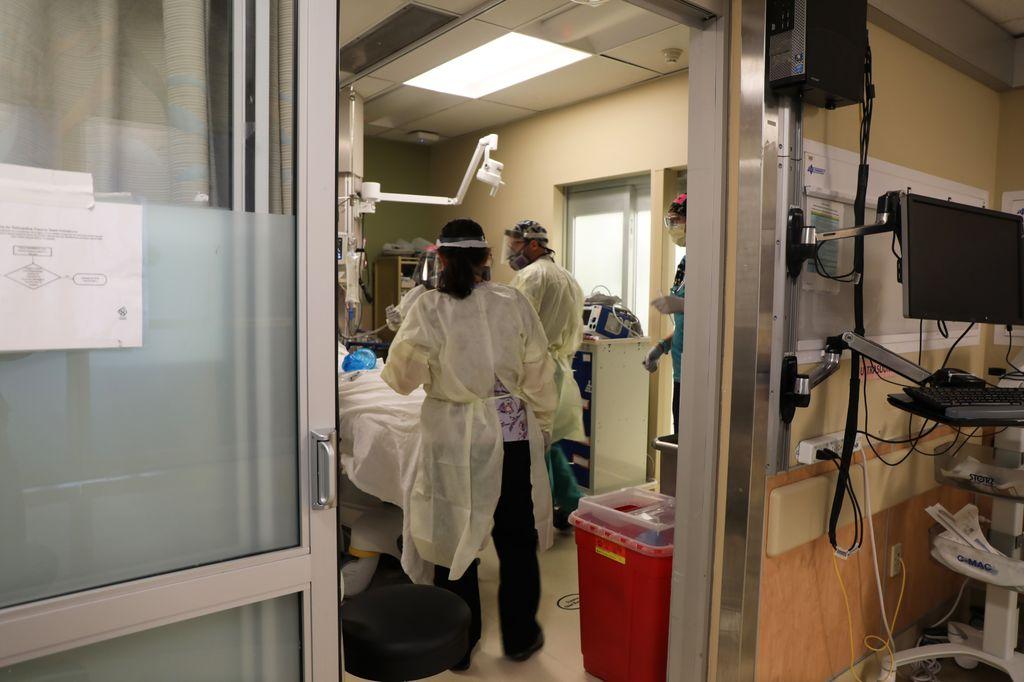
Oregonians are increasingly paying a bigger share of their income for health care, the latest state report on health care costs shows.
The Oregon Health Authority said in the report, published Tuesday, that Oregonians saw an increase of nearly 50% in health care costs between 2013 and 2019. That’s an average of nearly 7% a year. In 2019, the rise dropped to 4.4%, just above the national average of 3.8%.
The state is working toward limiting the rise in health care costs a year, capping them at 3.4% for all Oregonians, whether they’re seniors on Medicare, on commercial insurance, which includes employee plans, or on Medicaid, the health care system for low-income Americans.
Medicaid serves about 1.4 million people in Oregon, or about one-third of the state’s 4.3 million people. Medicare serves nearly 25% and the rest of the population that’s insured is on commercial plans, either through the federal marketplace or employers.
According to the report, those on Medicare saw the biggest health care increases – nearly 60% between 2013 and 2019 – while those on commercial plans saw a 45% increase. Medicaid, which is managed in Oregon by regional insurers called coordinated care organizations, had the lowest increases over those seven years: just over 30%.
Health care costs are growing faster than wages and the economy, the report showed. It also noted that many people are struggling with out-of-pocket costs and have delayed care because of that.
“The effects of rising health costs have a direct impact on the well-being of people, families and our communities,” Patrick Allen, director of the health authority, said in a statement.
“When health care costs grow faster than income and the cost of living, they squeeze the budgets of families and businesses and reduce access to care.
He said it’s important for Oregonians to understand how costs are growing and why as part of the agency’s mission to contain them.
Hospital costs continue to account for the highest share of spending, followed by provider and other services. Pharmaceutical costs accounted for the sharpest rise along with emergency care, which accounts for the smallest share of the overall bill the average Oregonian pays a year – $6,713 in 2019.
The report does not consider costs since the pandemic hit in early 2020 but did say Covid will continue to affect costs in the future.
“We don’t know how much or to what extent,” the report said. “Some experts predict savings from fewer patient visits and postponed services, while others predict cost increases from Covid hospitalizations and costs for testing, vaccines and future treatments. … Provider closures, workforce shortages, premium rebate requirements and the amount of pent-up demand that might drive future health care spending also create uncertainty.”
Oregon Capital Chronicle is part of States Newsroom, a network of news bureaus supported by grants and a coalition of donors as a 501c(3) public charity.